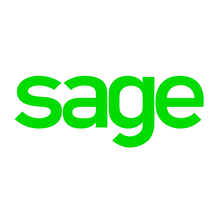Meet Gary Amstutz - A South African Entrepreneur Making Waves
Hello! Who are you and what business did you start?
Hello everyone - from a warm and sunny South Africa. My name is Gary Amstutz and I have been involved in eCommerce for almost 15 years now. StickerandLabelSA.co.za is actually one of our newest sites but has had the fastest growth curve to date.
Our online shop offers a quick and easy way for anybody in South Africa (and beyond our borders) to order customised and personalised Stickers, Labels or Decals. We take ownership of pretty much the entire experience, from pre-sales to online/offline sales to production/dispatch and then post-sales.
This niche has a pretty competitive retail playing field, but we were first to market with a fully functional, super quick and easy to use eCommerce site. We have further carved out our niche by focusing on our own unique USP, which is - Any Shape, Any Size and Any Quantity.
On top of that, our core culture is one of laser-like focus and dedication to giving any suspect/prospect/customer an experience that consistently exceeds their expectations and ultimately turns them into an advocate.
We have grown from Zero (orders/sales) a year ago, to an average of about 10...

Download the report and join our email newsletter packed with business ideas and money-making opportunities, backed by real-life case studies.

Download the report and join our email newsletter packed with business ideas and money-making opportunities, backed by real-life case studies.

Download the report and join our email newsletter packed with business ideas and money-making opportunities, backed by real-life case studies.

Download the report and join our email newsletter packed with business ideas and money-making opportunities, backed by real-life case studies.

Download the report and join our email newsletter packed with business ideas and money-making opportunities, backed by real-life case studies.

Download the report and join our email newsletter packed with business ideas and money-making opportunities, backed by real-life case studies.

Download the report and join our email newsletter packed with business ideas and money-making opportunities, backed by real-life case studies.

Download the report and join our email newsletter packed with business ideas and money-making opportunities, backed by real-life case studies.




























